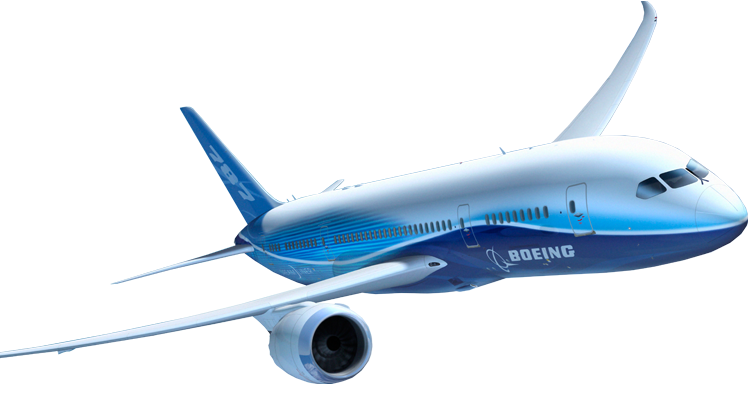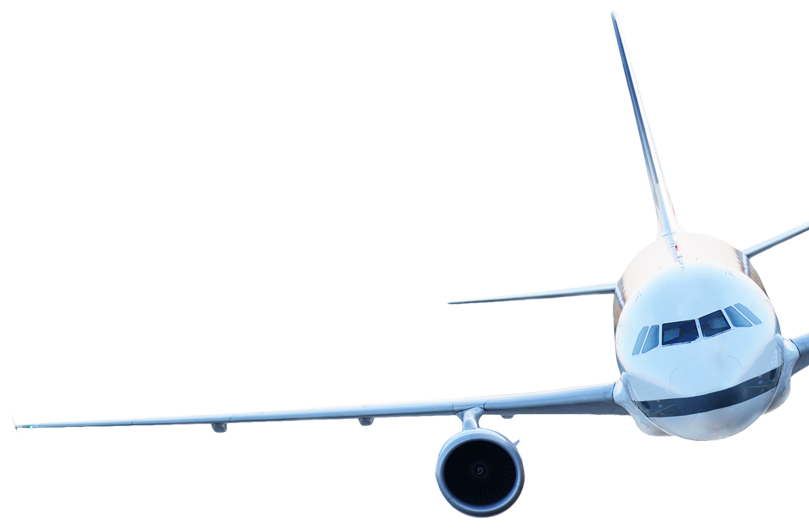In the high-stakes world of aviation, air traffic controllers are the unsung heroes who maintain the safety and efficiency of our skies. With immense responsibility, they orchestrate the flow of aircraft, ensuring that every flight is a harmonious ballet in the airspace. This comprehensive article offers a glimpse into the life of air traffic controllers, highlighting their roles, the rigorous training they undergo, their daily challenges, and the impact of advancing technology on their profession.
EssayPro offers the expertise of professional thesis writers, a service highly sought after by students in the process of completing their graduate or postgraduate degrees. These writers are specialized in various academic fields and bring a wealth of knowledge and experience to the table, ensuring that theses are well-researched, expertly written, and align with the highest academic standards. Utilizing professional thesis writers from EssayPro can significantly enhance the quality and scholarly value of a student’s thesis.
Behind the Scenes: Understanding Air Traffic Control Operations
Air traffic control operations are a complex blend of precision, coordination, and technology. Behind the scenes, air traffic controllers work tirelessly in control centers and airport towers, using radar and other advanced equipment to monitor and guide aircraft. These professionals are trained to interpret a myriad of data points and make decisions that affect traffic flow in both controlled and uncontrolled airspace. For students and researchers seeking to delve deeper into the intricacies of air traffic control operations and the pivotal role of these professionals, essayservice.com offers a solution where you can pay for essay. This service enables access to expertly written essays that explore the dynamic environment of air traffic control, providing comprehensive insights into its challenges, technological advancements, and the critical importance of precision and coordination in ensuring the safety and efficiency of air travel. At traffic control centers, controllers work in tandem with pilots, providing essential information and instructions for flight paths. This collaboration is vital for maintaining an orderly flow of air traffic, especially in busy airspace around major airports. The job of an air traffic controller is multifaceted, involving not only direct control of aircraft but also planning and managing traffic levels to prevent congestion in the skies.

The Vital Role of Air Traffic Controllers in Aviation Safety
Air traffic controllers are the cornerstone of aviation safety. From their vantage points in air traffic control centers across the country, these professionals shoulder the enormous responsibility of managing air traffic. Their primary task is to maintain a safe distance between aircraft, whether in flight, during landing, or on the ground. They ensure that every plane navigates through the airspace safely and efficiently, coordinating flight operations with precision. The role of an air traffic controller goes beyond just directing traffic, they are also responsible for responding to emergency situations, adapting to changing weather conditions, and making quick decisions that can have far-reaching consequences. Their vigilance and expertise are crucial in preventing air collisions and ensuring the safety of millions of passengers who take to the skies every day. An essayservice review provides an evaluation of the service’s proficiency in covering topics such as the role of an Air Traffic Controller. Reviews highlight Essayservice’s ability to produce well-structured essays that explore the responsibilities, challenges, and critical importance of air traffic controllers in ensuring safe and efficient air travel. Users appreciate the detailed research and clarity of writing provided, making Essayservice a trusted option for obtaining high-quality essays on this demanding profession.

Training and Skills: Becoming an Air Traffic Control Specialist
Becoming an air traffic control specialist requires rigorous training and a specific set of skills. Prospective air traffic controllers often start their journey with a bachelor’s degree, followed by specialized training at the FAA Academy in Oklahoma City. This training includes classroom instruction and simulations that mimic real-world air traffic scenarios. Skills such as quick decision-making, effective communication, and the ability to remain focused under pressure are critical for success in this field. Training varies depending on the type of control work – whether it’s at an airport tower or an en route center. After completing FAA Academy training, controllers must undergo additional training at their assigned location to become familiar with the specific airspace and operations of their facility. The path to becoming an air traffic controller is challenging, requiring dedication and a keen understanding of the many variables that affect air traffic.
A Typical Day for Air Traffic Control Specialists
A typical day for air traffic control specialists is anything but ordinary. Their work involves managing the flow of aircraft, ensuring that each plane maintains a safe distance from others in the airspace. Controllers work in rotating shifts, adapting to the changing traffic levels throughout the day and night. Their tasks vary depending on their specific roles – tower controllers manage airport ground and air traffic, while en route controllers handle aircraft during their flight. A day in the life of a controller involves constant vigilance, as they monitor radar screens, communicate with pilots, and coordinate with other controllers to manage the airspace efficiently. Despite the routine nature of some tasks, the job requires a high level of alertness and adaptability, as weather conditions and unexpected flight operations can quickly change the dynamics of air traffic.
The Challenges and Rewards of Being an Air Traffic Controller
Being an air traffic controller is both challenging and rewarding. Controllers face the pressure of ensuring the safety of thousands of passengers daily, requiring them to remain focused and make quick decisions. The job can be stressful, especially during peak traffic times or in adverse weather conditions. However, the role also brings immense satisfaction, knowing that their work plays a crucial role in keeping air travel safe. Air traffic controllers take pride in their ability to manage complex traffic flows and solve problems on the fly. The job offers a unique perspective on aviation, a sense of camaraderie with fellow controllers, and the satisfaction of mastering a highly specialized and demanding profession.

Advanced Technologies Transforming Air Traffic Control
The field of air traffic control is undergoing significant transformation thanks to advanced technologies. Modern control centers are equipped with sophisticated radar and communication systems that enhance the controllers’ ability to monitor and direct aircraft. Innovations such as satellite-based navigation and automated traffic management tools are improving the accuracy and efficiency of air traffic control. These technologies provide controllers with real-time data, enabling them to manage airspace more effectively and respond to changing conditions swiftly. However, despite these advancements, the human factor remains integral to air traffic control. Controllers bring critical thinking and problem-solving skills that technology cannot replicate, ensuring that air traffic management remains a blend of human expertise and technological innovation.

Collaborating with Pilots: The Air Traffic Controller-Pilot Dynamic
The relationship between air traffic controllers and pilots is a dynamic and crucial aspect of aviation safety. This collaboration is based on trust, clear communication, and mutual understanding. Controllers guide pilots through various phases of their flight, providing information on weather conditions, traffic, and route changes. Pilots rely on controllers to navigate safely through airspace, especially during takeoffs, landings, and in crowded air traffic environments. This partnership is essential for maintaining order and safety in the skies, with both parties working together to ensure that flights are conducted smoothly and efficiently.
The Future of Air Traffic Control: Trends and Predictions
The future of air traffic control looks promising, with several trends and predictions shaping its evolution. The increasing use of AI and machine learning is expected to enhance traffic management systems, making them more efficient and responsive. The integration of unmanned aircraft systems into controlled airspace presents new challenges and opportunities for controllers. Additionally, ongoing research in human factors and ergonomics will continue to improve the working conditions and efficiency of air traffic control operations. The job outlook for air traffic controllers remains positive, as the demand for air travel continues to grow, and the need for skilled professionals in this field is ever-present. As technology advances and the aviation industry evolves, air traffic controllers will continue to play a pivotal role in ensuring the safety and efficiency of air travel.